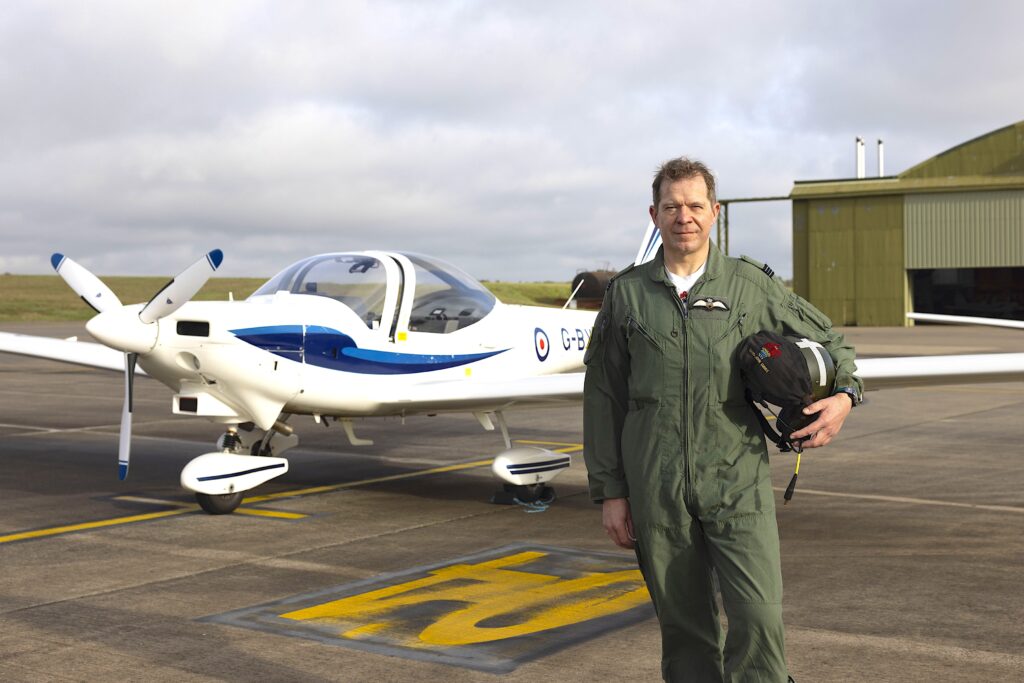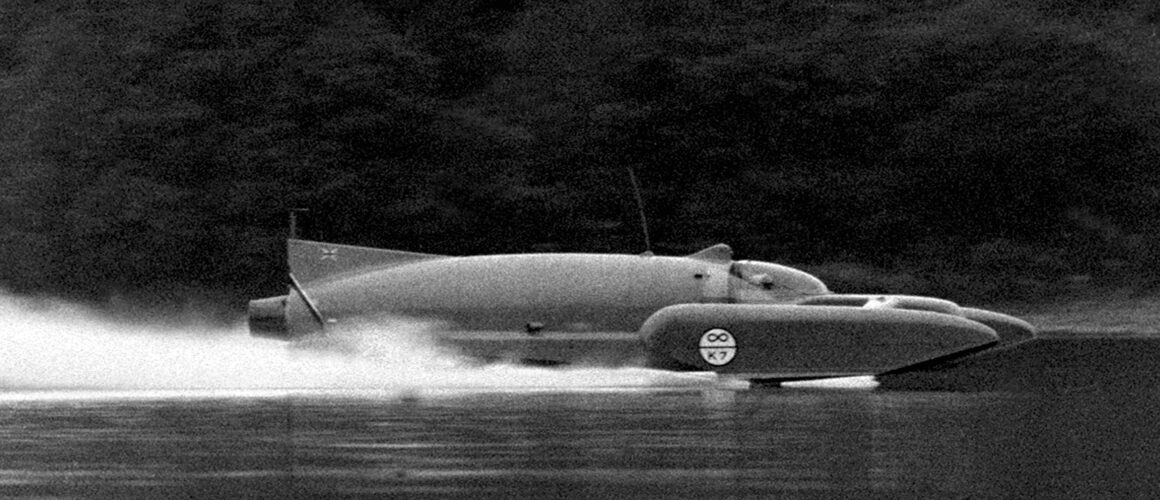In 2026, it will be 70 years since Donald Campbell set a Water Speed Record with Bluebird K7 at Coniston Water for the first time. To mark this milestone, the Ruskin Museum in Cumbria, UK, has announced the return of Campbell’s legendary hydroplane to the lake, in what will be its first appearance there since the tragic accident that claimed Campbell’s life on January 4, 1967.
Meanwhile, 2024 sees the 60th anniversary of Donald breaking the World Water and Land Speed Records in the same calendar year, in 1964. As Jeff Carroll, vice chairman of the Ruskin Museum, explained: “Campbell’s historic double is an achievement that’s unlikely to ever be repeated. He got the Water Speed Record by the skin of his teeth, on December 31, 1964. That year was a leap year, so Mother Nature gave him another 24 hours to achieve it.”
Dave Warby is the man tasked with piloting K7 in 2026. The Australian is the son of current Water Speed Record holder Ken Warby MBE, who achieved 317.59mph back in 1978. In an obvious parallel with Donald Campbell and his father Malcolm, Dave is currently seeking to surpass his late father’s World Record in his challenger Spirit of Australia II.

K7’s return to Coniston Water in 2026 marks the hydroplane’s first outing since its 2018 shakedown on Loch Fad


“It’s a tremendous honour to be asked to pilot Bluebird K7 by the Ruskin Museum,” he said. “Donald Campbell and Bluebird K7 were an inspiration for my father, Ken Warby MBE, to successfully challenge the Unlimited Water Speed Record.”
Another connection between these two record-breaking families is the influence of Donald Campbell’s chief engineer Leo Villa. “My father was in communication with the late Leo Villa throughout his project, sharing thoughts on his progress and eventually meeting Leo during a visit to London in 1979,” Warby continued.

“Dave’s methodical approach is one that we embrace,” said Jeff Carroll. “Obviously Bluebird is one of a kind, so having someone who has the experience and knowledge of how to run a jet hydroplane safely is a massive plus. Dave recently achieved 278mph in less-than-ideal conditions – so he’s only about 40mph away from breaking his dad’s record.”
If Warby is unable to pilot K7 in 2026, RAF pilot and fellow Water Speed Record contender David-John Gibbs will take the helm. Gibbs is the designated pilot for Britain’s Longbow Water Speed Record challenger, and instructs on several historic ex-military aeroplanes, including the Jet Provost, L-29 Delfin, Chipmunk and Tiger Moth, as well as a collection of vintage gliders.

The announcement of K7’s return to Coniston Water in 2026 marks the hydroplane’s first outing since its 2018 appearance on Loch Fad, Scotland, following a six-year restoration by Bill Smith’s Bluebird Project. That initial run took place amid a protracted ownership dispute between the Bluebird Project and the Ruskin Museum, a conflict finally resolved this year.
Before K7 can run, however, its two Orpheus jet engines will be overhauled to Civil Aviation Authority standards. Carroll explained: “The planned 2026 run will celebrate Donald and his team’s achievements, but it is also the first feasible timeline after the necessary preparations. We’ve secured two Orpheus 101 engines, which are as close as possible to the original 701 models used in the 1966-67 campaign. The engines are currently being overhauled.”

The 2026 run follows K7’s cameo appearance at the National Motor Museum in Beaulieu earlier this year, where it was displayed close to Donald Campbell’s Land Speed Record car, Bluebird CN7.
“We just want to get this first run done, celebrate it, and then see how feasible it is to do it again. This is a unique piece of world history; while it would be wonderful to display K7 regularly, the risks and the need to preserve her to museum standards make it a complex undertaking.”
The 2026 run will undoubtedly be a landmark moment that celebrates Campbell’s legacy, British engineering and the human quest for speed. Whether that occasion becomes K7’s final chapter, or the beginning of a new era, remains to be seen.
Find out more about Bluebird’s legacy and the Ruskin Museum here.




